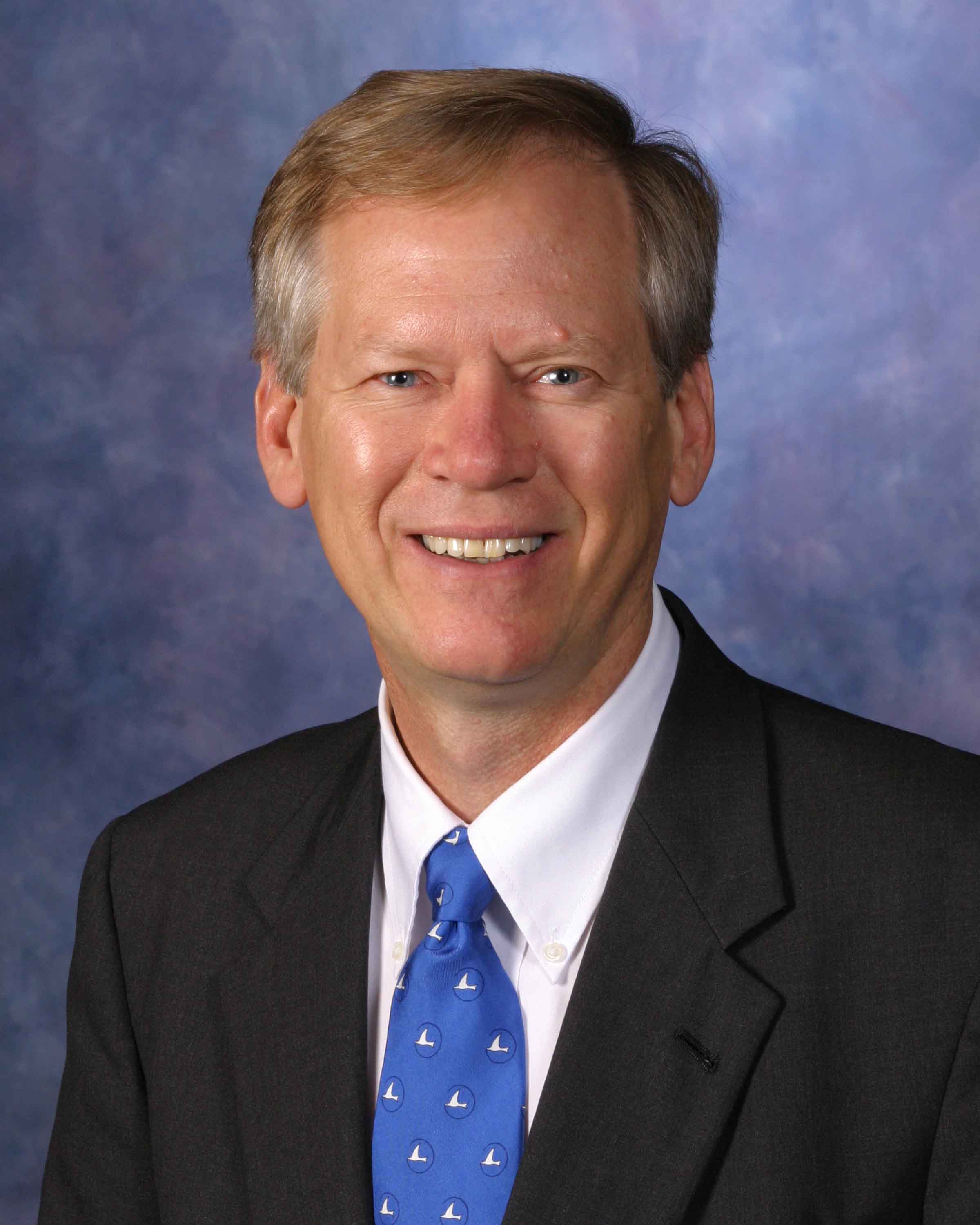Research published in Nature Communications has implications for protecting environment, energy recovery and human health
FLAGSTAFF, Ariz. — Nov. 26, 2014 — An international team of scientists from the Translational Genomics Research Institute (TGen) and The Luxembourg Centre for Systems Biomedicine (LCSB) have completed a first-of-its-kind microbial analysis of a biological wastewater treatment plant that has broad implications for protecting the environment, energy recovery and human health.
The study, published Nov. 26 in the scientific journal Nature Communications (DOI: 10.1038/ncomm6603), describes in unprecedented detail the complex relationships within a model ecosystem. The study focused on biofuel molecules, lipids, which are naturally accumulated by microbial mats and floated on top of wastewater. This is “free energy” as lipids can be converted into diesel fuel.
“Bacterial communities are everywhere, and understanding how they interact is critical to industry, agriculture, the environment and human health,” said Dr. Paul Keim, Director of TGen’s Pathogen Genomics Division, noting both the academic achievement and the applied implications of these research efforts.
“Basic principles of microbial community function can be established in one setting and then used to generate hypotheses and models applicable to all,” said Dr. Keim, who also is a Regents Professor of Microbiology at Northern Arizona University (NAU).
The study’s findings corroborate and unify various ecological concepts that have been primarily formulated based on observations in macrobiotic systems such as forests, rivers and oceans, which cannot be experimentally investigated in depth because of the sheer size of these biotopes. For their analyses of the treatment plant ecosystem, the researchers employed Systems Biology methods. Wastewater destined for treatment comprises energy-rich substrates including fats, proteins, carbohydrates and many other substances that serve as nutrients for the resident bacteria. Every wastewater treatment plant is therefore a complex ecosystem. Countless bacterial species adapt to the living conditions in the water, compete for resources and each find a niche in which they can best survive.
“The techniques developed at LCSB allow us now to unravel these processes very precisely at the molecular level,” says Dr. Emilie Muller of LCSB and the study’s first author. The basis for this are the so-called “omics” — genomics, transcriptomics, proteomics and metabolomics — combined with new bioinformatic methods for integrated data analysis. “With these, we can determine from samples which organisms are living in the treatment plant, and what their population sizes, genetic make-up, activities and material turnovers are like. Therefore, there is no longer any need to study bacteria separately in pure cultures,” Muller said.
“Based on this, we can ultimately model the material flows in the ‘treatment plant’ ecosystem and describe, for example, which bacterial species will use and consume which substrate and to what degree.”
The TGen-LCSB team wants to go further than simply modeling the wastewater treatment plant ecology. Their study aimed to understand what factors determine the species composition and accordingly the balance in the ecosystem. One species of bacteria grabbed the researchers’ attention: Microthrix parvicella, whose genome sequence they first decrypted two years ago. This bacterium can absorb and store an especially large amount of lipids. In winter, up to 50 percent of all bacteria on the surface of treatment tanks belong to this species. This is rather astonishing, given that the amount of lipids in the wastewater is rather low in winter, and Microthrix actually has unfavorable living conditions during that season.
The study found that Microthrix possesses 28 copies of the gene that is chiefly responsible for lipid uptake. The amplification of this gene illustrates how important lipid accumulation is for this organism and its associated community.
“Microthrix is what ecologists call a generalist. The organism can adapt to very many living conditions and thereby dominate the highly fluctuating wastewater treatment plant ecosystem,” said Dr. Paul Wilmes, head of the LCSB group “Ecosystems Biology” and the study’s senior author. This is helped, among other things, by the 28 genes for lipid uptake, Wilmes said: “Each copy of the gene is a little different from the others. If the living conditions change, say when the temperature drops or the lipid composition changes, then a different lipid uptake gene adapted to that condition sets in. That way, Microthrix can survive in many different environments.”
The study team’s translational aim is to boost the activity of Microthrix to remove as many lipids from the wastewater as possible. The lipids from wastewater stored in the bacteria are a renewable energy source because they can be easily converted into biodiesel.
Dr. Lance Price, a TGen team member and study co-author, said such ecosystems research has important medical implications, as well: “The human microbiome is a similar community of microbes. It dominates many tissues and organ systems through microbiome metabolism, interaction with human cells, and its ability to protect us against pathogens.
The systematic analysis of the waste water communities will lead to insights for human health as well as translational applications in sustainable energy.”
# # #
About TGen
Translational Genomics Research Institute (TGen) is a Phoenix, Arizona-based non-profit organization dedicated to conducting groundbreaking research with life changing results. TGen is focused on helping patients with cancer, neurological disorders and diabetes, through cutting edge translational research (the process of rapidly moving research towards patient benefit). TGen physicians and scientists work to unravel the genetic components of both common and rare complex diseases in adults and children. Working with collaborators in the scientific and medical communities literally worldwide, TGen makes a substantial contribution to help our patients through efficiency and effectiveness of the translational process. For more information, visit: www.tgen.org.
Press Contact: Steve Yozwiak TGen Senior Science Writer 602-343-8704 syozwiak@tgen.org

